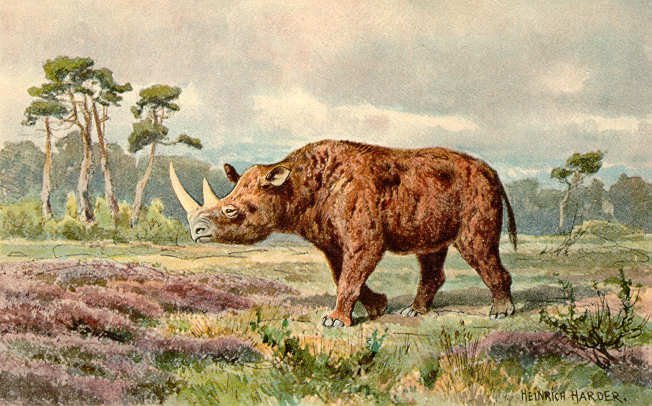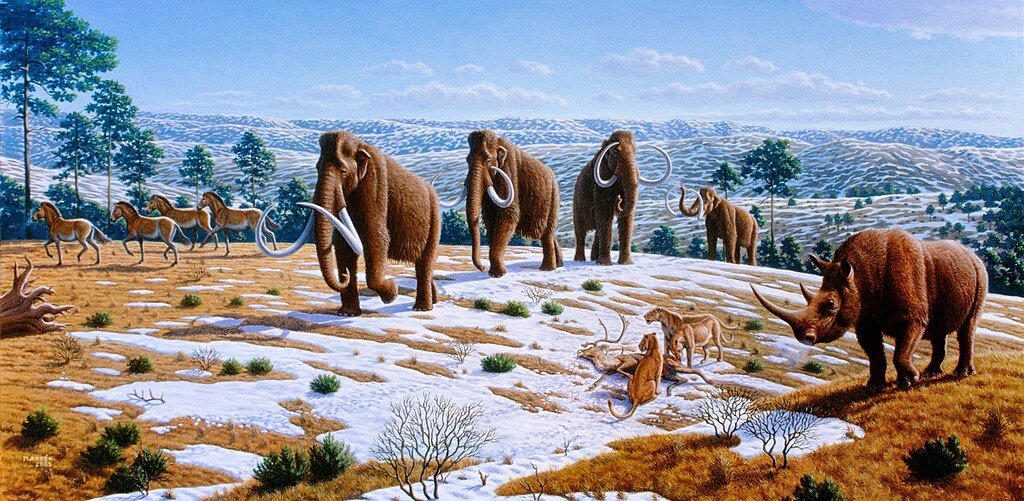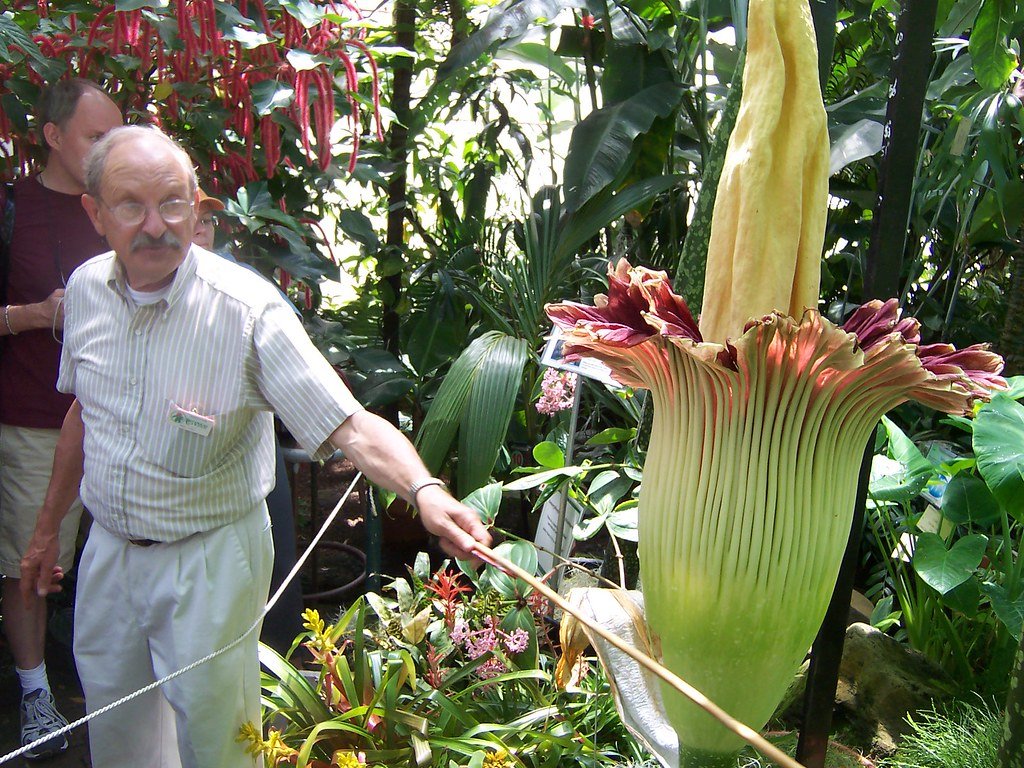Frozen in Siberian permafrost, originally believed to be among the earliest domesticated dogs, the “Tumat Puppies” enthralled researchers and dog enthusiasts alike for more than ten years. However, a ground-breaking new study reveals they were actually wolf sisters with a surprising last meal, woolly rhinoceros, shattering that assumption. This finding not only changes their narrative but also deepens the riddle of how and when wolves evolved as first domesticated allies for humans.
A Frozen Time Capsule: The Discovery of the Tumat Puppies
Near the isolated Siberian village of Tumat, hunters and archaeologists discovered two mummified canines in 2011 and 2015. Found just meters apart in layers of ice, the cubs were so well-preserved that their fur, whiskers, even stomach contents stayed whole. Nearby butchered mammoth bones suggested human activity, leading to ideas that these “puppies” might have been early pets or scavengers still around human camps.
First enthusiasm focused on their possible part in dog domestication, one of the most important changes in human-animal interactions. But a different narrative surfaced as scientists worked through the layers of ice and time.
From Dogs to Wolves: The Genetic Twist

Unbelievably, advanced DNA sequencing revealed the Tumat Puppies were not dogs at all. Rather, they belonged to an extinct wolf line devoid of any genetic link to contemporary household dogs. “Their black fur first misled us,” notes lead researcher Dr. Anne Kathrine Runge of the University of York. “Although this mutation was thought to be unique to dogs, here it appears in wolves unrelated to today’s pets”.
Radiocarbon dating placed their deaths between 14,546 and 14,965 years ago older than the Bonn-Oberkassel dog, a fierce competitor for the earliest known domesticated dog. This chronology suggests that early wolves and proto-dogs coexisted without obvious transitional forms, thus confusing the puzzle of dog origins.
A Last Supper Like No Other: Woolly Rhino on the Menu

Their stomachs revealed the most shockingly amazing thing. One cub had remnants of a wagtail bird while the other’s gut held partly digested woolly rhino skin blond fur still clinging to the hide. Runge says, “This was a fresh kill, not scavenging.” The rhino was probably a calf, hunted by an adult pack and expelled for the cubs, a behavior observed in contemporary wolves.
The twist is that a baby woolly rhino still weighed hundreds of pounds, far more than the prey the wolves today target. This suggests that Pleistocene wolves might have been larger, more aggressive hunters able to wipe out mammoths and rhinos from their habitat.
A Den Cut Short: How the Sisters Met Their End

The cubs’ perfect condition, lack of injuries, and absence of evidence of struggle point to a quick, quiet death. Researchers postulate they were asleep in their den when a landslide or collapsing permafrost buried them alive. “Their bodies frozen before decay could set in, they died shortly after eating,” co-author of the study Dr. Nathan Wales says.
But their terrible death turned into scientific advantage. Offering an unparalleled glimpse of Ice Age life, their mummified tissues preserved isotopes, plant matter, and even traces of their mother’s milk unlike fossilized bones.
A Landscape of Lost Giants: The World They Inhabited
Little hints in their stomachs prairie grasses, willow twigs, shrub leaves—tell a clear picture of their surroundings. Their world was a patchwork of meadows and wetlands bursting with mammoths, rhinos, and birds, unlike the arctic tundra of today. Stable isotope analysis verifies a mild, dry temperature far from the severe Siberian winters we know now.
Their varied diet may have an ecological explanation. Though the Tumat sisters’ meals included an unexpected quantity of vegetation, possibly consumed while gnawing on prey or grooming, modern wolves sometimes eat plants for digestion.
The Dog Domestication Mystery Deepens

The real nature of the Tumat Puppies throws off the domestication chronology. Where and when did the first devoted canines first appear if they were not dogs? One idea holds that humans actively tamed wolf pups; another holds wolves self-domesticated by scavenging human leftovers. Given there is no evidence they interacted with humans, despite nearby mammoth slaughter, the Tumat results contradict the first theory.
“Domestication wasn’t a single event but a messy, nonlinear process,” Wales notes. “These cubs remind us that wolves had their own bustling life long before dogs existed”.
Could More Frozen Cubs Be Waiting?

One wealth of Ice Age secrets is permafrost. The Tumat sisters might have had more littermates, maybe still buried, ready to be unearthed, the researchers speculate. More mummified specimens could surface as permafrost thaw speeds, rewriting even more prehistory.
For now, the Tumat Puppies serve as a humble reminder that even our oldest friends have pasts we are only starting to uncover and as evidence of the resiliency of wolves.
Final Thought
Runge says, “They’re not the missing link in dog domestication, but they’re a window into a lost world, one where wolves dined on rhinos and roamed a Siberia we’d scarcely recognize”.
Sources:

Jan loves Wildlife and Animals and is one of the founders of Animals Around The Globe. He holds an MSc in Finance & Economics and is a passionate PADI Open Water Diver. His favorite animals are Mountain Gorillas, Tigers, and Great White Sharks. He lived in South Africa, Germany, the USA, Ireland, Italy, China, and Australia. Before AATG, Jan worked for Google, Axel Springer, BMW and others.




